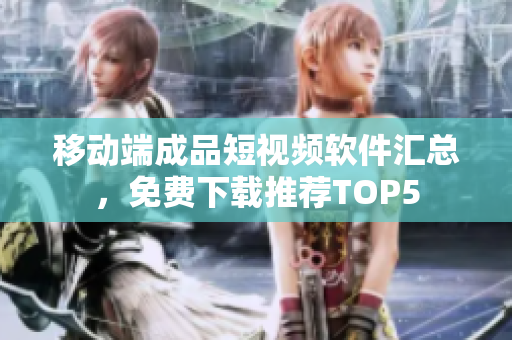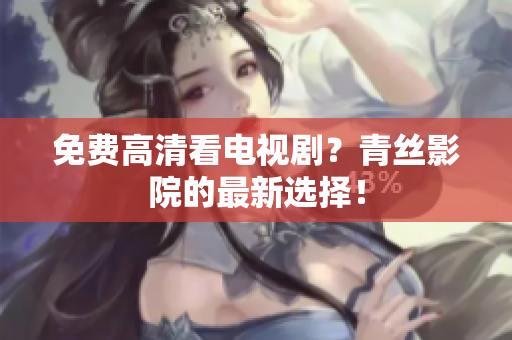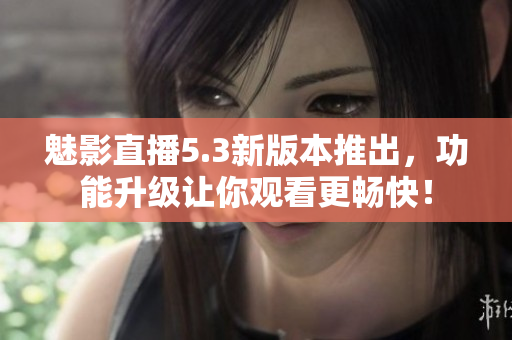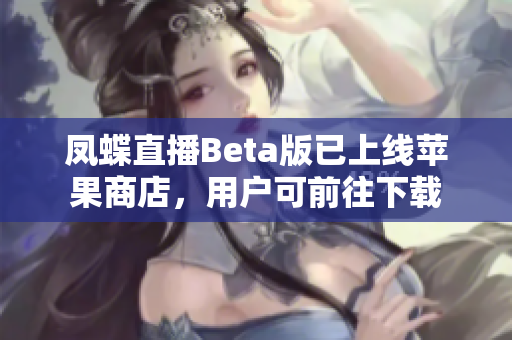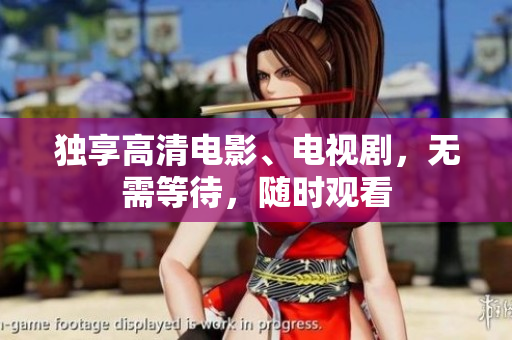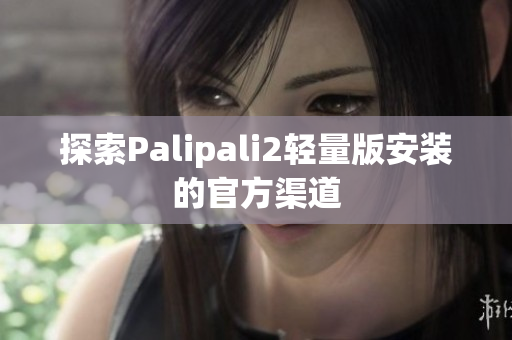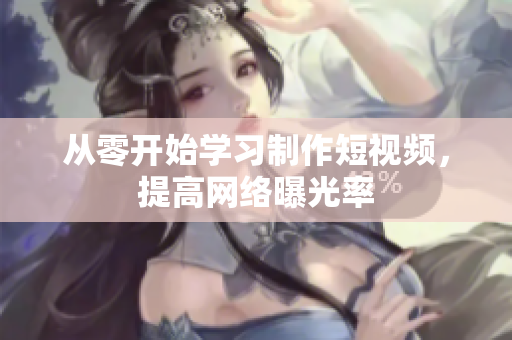Introduction: The Intersection of Western Humanistic Art and Modern Technology
From the likes of Michelangelo and Botticelli to Van Gogh and Warhol, Western humanistic art has come a long way to become one of the most cherished and valuable forms of artistic expression. However, in today's world of modern technology and innovation, can we still appreciate and revere these masterpieces? As we enter the era of 5G, we must ask ourselves how we can merge the traditional values of the West with the groundbreaking advancements of the East. Furthermore, how can we apply these principles to the education system, gaming industry, and cultural exchanges in Southeast Asia?
The Value of Western Humanistic Art
The value of Western humanistic art lies in its ability to provoke thought and emotion in the viewer. Works such as "The Mona Lisa" by Leonardo da Vinci or "The Starry Night" by Vincent van Gogh continue to captivate audiences hundreds of years after their creation. These masterpieces are a testament to the rich cultural history of the West, showing us how people lived, thought, and felt during different eras. They have the power to inspire us through their beauty and insight, reminding us of the humanity that unites us all.
The Role of 5G in Artistic Expression
With the arrival of 5G technology, artists around the world have new tools at their disposal. From virtual reality installations to interactive exhibits, the possibilities for artistic expression are endless. With faster data transmission and higher bandwidth, we can experience art in new and exciting ways like never before. This technology also allows us to make art accessible to a wider audience, breaking down barriers of distance and language. As we integrate 5G into artistic expression, we can carry on the tradition of the West while embracing the advancements of the East.
Application to Education
The impact of Western humanistic art can be felt not only in museums and galleries but also in the classroom. By learning about the history of these masterpieces, students can gain insight into the lifestyles, beliefs, and values of different cultures. However, the traditional approach to teaching art is often limited by the lack of access to these works. With the use of 5G technology, we can bring the museum experience to the classroom, allowing students to engage with the art and further their understanding and appreciation of it. This new form of education can create a sense of wonder and curiosity in students, inspiring them to seek out art and culture throughout their lives.
Impact on the Gaming Industry
As the gaming industry continues to grow, there is a debate about the ethics of in-game purchases, or "loot boxes." Some argue that the ability to purchase virtual items with real money is a form of gambling that targets vulnerable individuals. However, by using the values of Western humanistic art, gaming companies can create more ethical and emotionally compelling in-game transactions. Incorporating themes of creativity, imagination, and artistic expression, companies can create a new form of in-game purchases that is more reflective of core human values. By doing so, they can increase consumer trust and create a more sustainable and prosperous gaming industry.
The Need for Cultural Exchange in Southeast Asia
Despite its rich cultural heritage, Southeast Asia is currently facing a scarcity of artistic and cultural resources. With the help of 5G technology, we can bridge the gap between the East and West by promoting cultural exchange. Museums and galleries can work together to create virtual exhibits showcasing Western humanistic art, enabling Southeast Asian audiences to experience the art in a more accessible way. Additionally, Western artists can work with Southeast Asian artists to create new and innovative forms of expression, blending the two cultures into a new form of artistic expression.
Conclusion
The value of Western humanistic art lies not only in its beauty but also in its ability to inspire and educate. As we enter the era of 5G, we must look toward the future and find ways to merge traditional values with modern technology. By applying the principles of Western humanistic art, we can create a new world of artistic expression that is more ethical, accessible, and emotionally compelling. Whether it's in the classroom, in the gaming industry, or in cultural exchange, the opportunities are endless when we combine the best of the East and the West.


